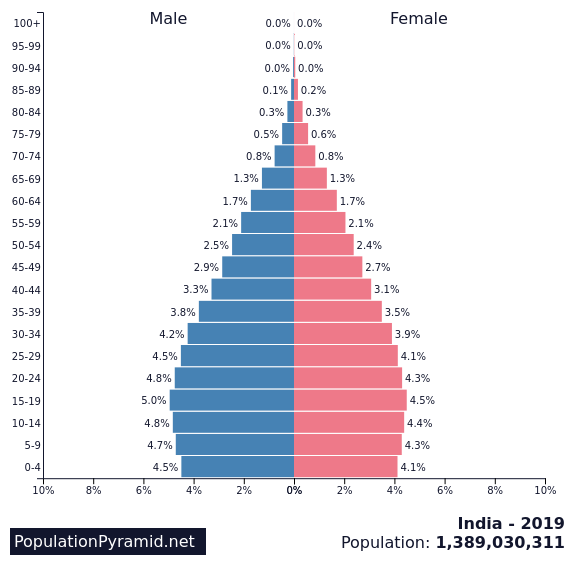Why is geography considered a multidisciplinary science?
Because it integrates knowledge from many sciences around it; given that in order to study and explain its object of study, the geographical facts and phenomena, it needs the help from other sciences.
List the layers of the Earth
Nucleus
Mantle
Crust
What is the chemical and percentage composition of the gases in the atmosphere?
The atmosphere is composed of gases, mainly nitrogen (78%), and oxygen (21%). Other gases found in the atmosphere and that make up approximately 0.99% of it are argon, helium, hydrogen, carbon dioxide, and water vapo
Why water is considered a special compound?
it can be found in three different states of matter at the same time. It is odorless, colorless and tasteless, and is the most known and used solvent, since no other is capable of dissolving that many substances. Its density varies according to its state and is lower as ice than as a liquid. Salinity is also an important property that defines its behavior.
Difference between physical geography and human geography?
Physical geography: studies the Earth’s surface and its natural and physical appearance
Human geography: studies the relationship and interplay between the activities of human beings and their geographical environment
What are the branches of Geography?
Physical geography, Human geography, and Biological geography
Explain the Tectonic Plates Theory
In 1912, Alfred Wegener, a German geophysicist, formulated an interesting hypothesis: he mentioned that during the Paleozoic Era, all the continents where stuck together forming a super continent called Pangea. Pangea broke down because of the plate’s movements and the continental drift, what led to the formation of the continents as are known today.
List the properties of the atmosphere
- Mobility
- Color
- Compressibility
- Expansibility
- Diathermancy
- Oxidizing agent
What are the steps of the Urban Water Cycle?
The parts in which the urban Water Cycle is divided are:
a) Supply
b) Purification
c) Distribution
d) Consumption
e) Sewer
f) Treatment
g) Discharge
How are populations measured?
By censuses and population density
The ___________________ are temporary processes occurring on the Earth´s surface. On the other hand, __________________ are permanent elements on the Earth’s crust.
Geographical phenomena and permanent elements
What types of factors can affect natural landscapes?
Name one example of each type
Endogenous factors (internal) and exogenous factors (external).
Earthquakes and erosion.
What layer of the atmosphere is the ozone layer and what is it for?
In the stratosphere, the ozone layer is located (O3). It protects the Earth’s surface against the Sun’s ultraviolet radiation, filtering it and reducing its intensity.
What are the three major oceans in the world?
Pacific, Atlantic and Indian
The key concept of exponential growth is that the population growth rate increases as the population gets larger.
List the elements of the natural landscape and the elements of the cultural landscape.
Natural Landscape:
- Soil
- Water
- Climate
- Flora
- Fauna
Cultural Landscape:
- Population
- Production
- Communication
How many scales exist to measure earthquakes and what does each one consist of?
There are two ways to measure an earthquake:
By measuring its intensity using the Mercalli scale
By measuring its magnitude using the Richter scale
Difference between climate and weather.
Weather refers to short-term changes in the atmosphere, climate describes what the weather is like over a long period of time in a specific area.
In wasterwater treatment, what is the difference between the chemical oxygen demand and the biological oxygen demand?
COD or Chemical Oxygen Demand is the total measurement of all chemicals in the water that can be oxidized.
BOD or Biological Oxygen Demand is supposed to measure the amount of food (or organic carbons) that bacteria can oxidize
List three advances that had a positive impact (increased) in world's population.
Invention of the microscope
Vaccines
Antibiotics
Industrial revolution
Flush toilet
Sewage development
1. What are the methodological principles used for?
2. Explain the principle of EVOLUTION on the following case:
A strong 6.8-magnitude earthquake has rocked eastern Indonesia, reportedly killing one person and triggering a brief tsunami warning that sent panicked residents fleeing to higher ground.
The quake struck at a relatively shallow depth of 17 kilometres off the east coast of Sulawesi island, the US Geological Survey said. A 7.5-magnitude quake and tsunami struck near the city of Palu on the other side of the island last year, killing more than 4,300 people.
They help to explain the phenomena that occur on the Earth’s surface.
The earthquake produced a tsunami, and that caused the death of 4,300 people.
Difference between erosion and weathering?
The weathering is the exposition of objects (rocks and soils) to the action of external agents such as light, heat, wind, rain, etc.
Erosion is the action of surface processes (such as water flow or wind) that removes soil, rock, or dissolved material from one location on the Earth's crust, and then transports it to another location
Explain the Greenhouse Effect and if it is a natural or artificial phenomena.
The greenhouse effect is a natural process that warms the Earth’s surface. When the Sun’s energy reaches the Earth’s atmosphere, some of it is reflected back to space and the rest is absorbed and re-radiated by greenhouse gases.
What is the official Mexican standard that regulates the discharge of water to sewage systems?
Official Mexican Standard NOM-002-SEMARNAT-1996, which establishes the maximum permissible limits of pollutants in wastewater discharges to urban or municipal sewer systems.
Look at the following population pyramid and answer the questions below:
- What type of growth is the pyramid representing?
- With that total population, what would be the number of males equivalent in the range of 25-29
- What is the density population if the surface of India is 3,287,259 km2
- Expansive population pyramids (rapid growth) depict populations that have a larger percentage of people in younger age groups.
- 64,559,438 males
- 417.85 p/km2
